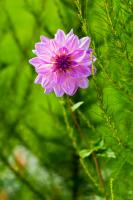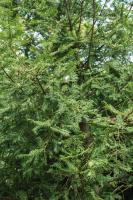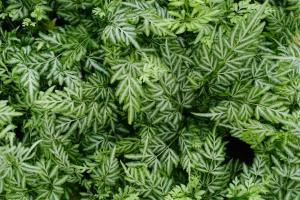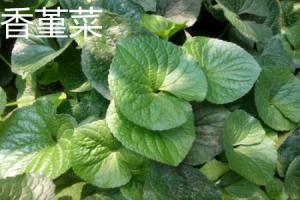How to Trim Tomato Plants
Tomato plants need regular trimming to ensure optimum growth, fruit production, and overall health. Trimming improves air circulation, increases sunlight penetration, and prevents diseases. It also encourages the plant to concentrate its energy on producing fruit instead of growing excess foliage. In this article, we'll guide you on how to trim tomato plants for maximum yield and quality.
When to Trim Tomato Plants
The best time to trim tomato plants is when they are young and still establishing. Weed out the suckers and any weak or diseased branches that crop up before they become a bigger problem. Aim to have a single central stem for indeterminate tomato plants and up to two or three stems for determinate types.
Once the plant begins to flower, avoid trimming it as this will reduce fruit production. However, you can still remove the bottom leaves that come in contact with the soil to prevent the spread of soil-borne diseases. You may also need to trim the plant when it overgrows its space or when it shows signs of wilt or yellowing leaves.
How to Trim Tomato Plants
The first step is to inspect the plant and identify the parts that need trimming. These may include suckers, dead or damaged branches, lower leaves, and branches that are growing too close together or overlapping. You can use a pair of clean, sharp pruning shears to make clean cuts and avoid damaging the plant.
Start by removing suckers, which are small shoots that grow in the crotch between the main stem and the side branches. Suckers take away energy from the main plant and may harbor diseases. Simply pinch them off, leaving a small stub behind to avoid injuring the main stem.
Next, remove any dead or diseased branches, which can attract pests and reduce overall plant health. Also, remove any leaves or branches that touch the ground or hang low, as they can spread fungal spores and rot. Cut off the entire branch at its base or near the main stem if it's damaged.
If the plant is growing too tall or wide, you can also trim some of the top and side branches to maintain its shape and size. However, don't remove more than a third of the plant at once, as this can shock it and reduce fruit production. Instead, trim a little bit at a time and wait for the plant to recover before trimming again.
After-Trimming Care
When you're done trimming, make sure to clean your pruning shears with disinfectant or alcohol to prevent the spread of diseases. You can also use a solution of 1 part bleach and 9 parts water to disinfect them. Then, water the plant well to help it recover from the trimming and promote new growth.
It's also important to fertilize the plant after trimming to provide it with the nutrients it needs. You can use a balanced fertilizer or one that's high in phosphorus, which promotes fruiting. Apply the fertilizer according to the package instructions and water after applying to prevent burning the roots.
In conclusion, trimming tomato plants is a vital aspect of gardening that can promote healthy growth, fruit production, and disease prevention. By following the tips outlined in this article, you can trim your tomato plants like a pro and enjoy a bountiful harvest.

 how many times do yo...
how many times do yo... how many planted tre...
how many planted tre... how many pine trees ...
how many pine trees ... how many pecan trees...
how many pecan trees... how many plants comp...
how many plants comp... how many plants can ...
how many plants can ... how many plants and ...
how many plants and ... how many pepper plan...
how many pepper plan...






























